Higher education in America has become a luxury market, where the price of prestige reaches heights that would make even luxury car dealers blush. The sticker shock of modern college tuition has transformed university selection from a simple academic decision into a major financial investment strategy. When you’re looking at schools charging enough for one year’s tuition to buy a decent house in many parts of the country, you’ve got to wonder what exactly you’re paying for.
The landscape of college costs has shifted dramatically over the past few decades. Where previous generations might have worked summer jobs to pay for college, today’s students face price tags that often exceed the median household income of entire families. Here is a list of 15 universities that represent the pinnacle of educational expense across the United States.
Vassar College
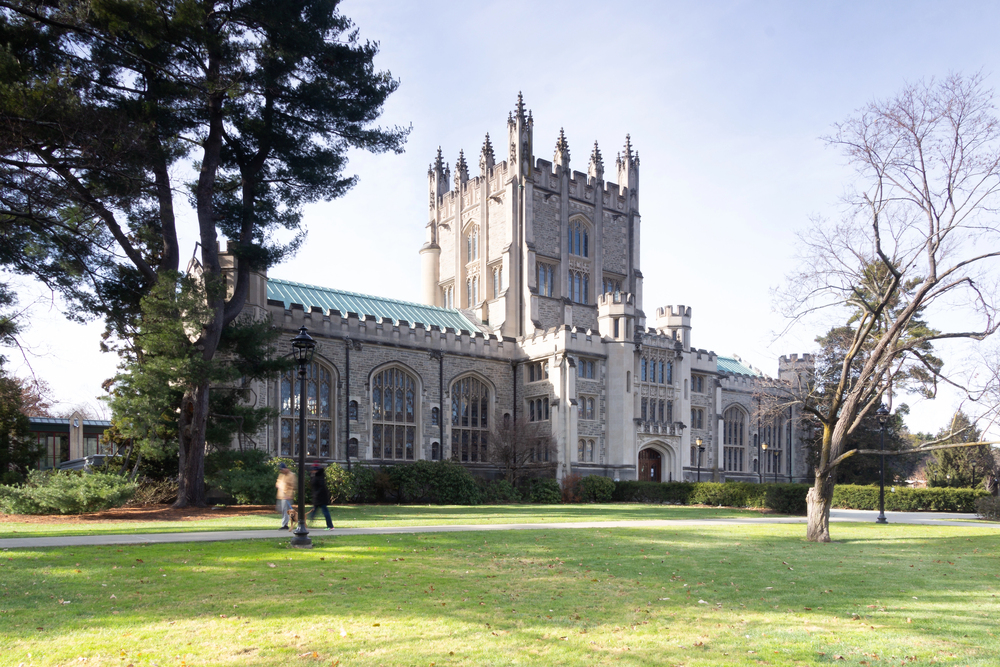
— Photo by brianloganphoto
Vassar College in Poughkeepsie, New York, currently holds the crown as America’s most expensive university, with tuition reaching $73,275 for the 2025–2026 academic year. This liberal arts college has seen its costs rise by about 4.6% from the previous year, putting a four-year degree at nearly $300,000 if you’re paying full price. The college sits on a gorgeous 1,000-acre campus that feels more like an arboretum than a typical university setting. Despite the hefty price tag, Vassar meets 100% of students’ demonstrated financial need, with the average need-based scholarship reaching nearly $60,000 annually. Students here get small class sizes, close faculty relationships, and an academic culture that values intellectual curiosity over grade grubbing.
University of Southern California
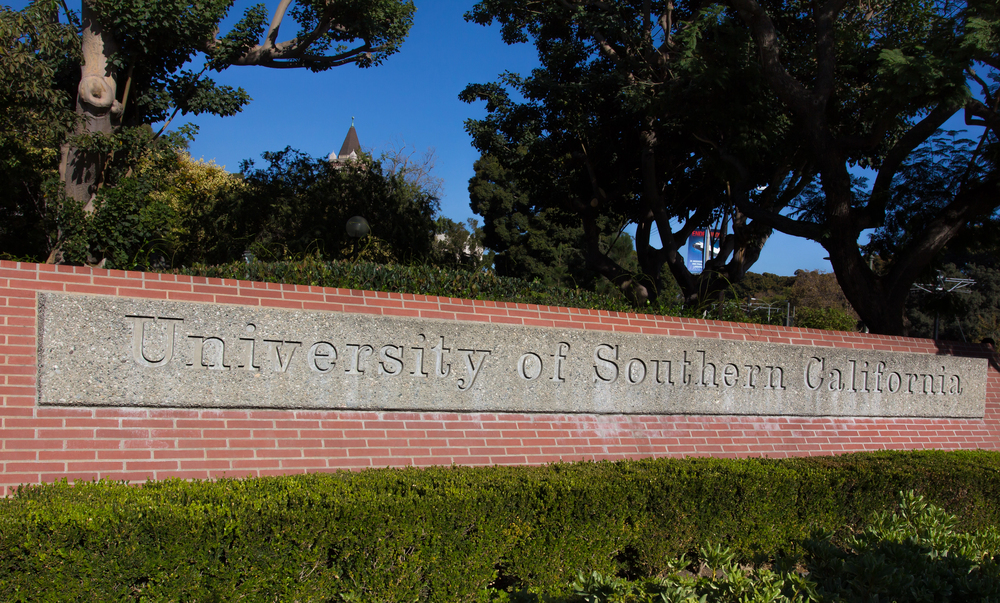
— Photo by wolterke
USC takes the second spot with tuition and fees of $73,260, representing a 4.8% increase from 2024. Located in the heart of Los Angeles, this university offers something unique — direct access to Hollywood, Silicon Beach, and one of the world’s most dynamic business environments. USC’s film school has produced more Academy Award winners than any other institution, making it a magnet for aspiring filmmakers and entertainment industry professionals. The university operates on a need-blind admissions policy, meaning your ability to pay doesn’t factor into acceptance decisions, and more than 75% of their financial aid comes as grants and scholarships rather than loans. With over 20,000 undergraduate students, USC manages to maintain both big university resources and surprisingly personal attention.
University of Chicago
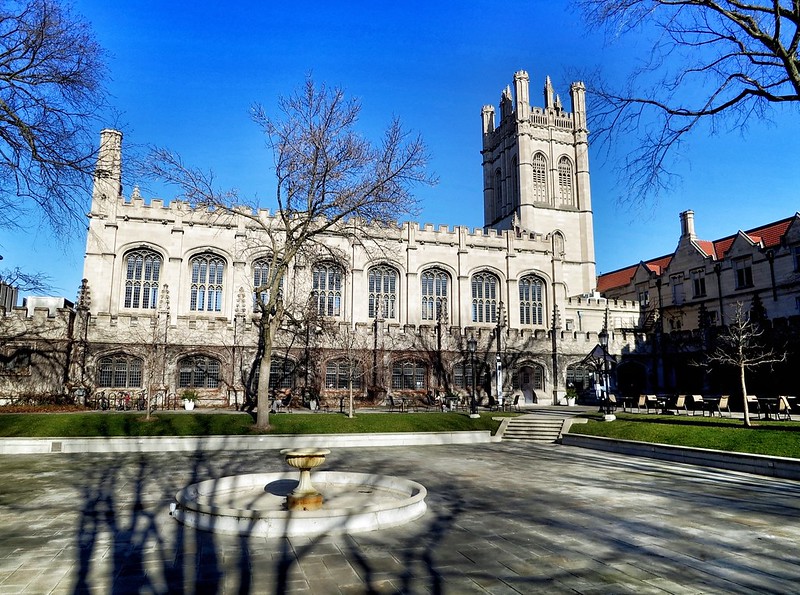
The University of Chicago stands as one of the most expensive universities in the world, with a total cost of attendance reaching approximately $92,000 for students living on campus. This includes tuition, fees, housing, food, books, and personal expenses. Located in Chicago’s Hyde Park neighborhood, UChicago has built a reputation for intellectual rigor that borders on legendary — this is where economics Nobel Prize winners are practically mass-produced. The university’s core curriculum ensures every student gets a foundation in the great works of human thought, regardless of their major. Nearly 50% of current UChicago students qualify for financial aid, and the school covers 100% of demonstrated need, leading to an average annual grant of around $51,000 for those who receive aid.
Amherst College

Amherst College in Massachusetts rounds out the $73,000+ club with annual tuition of $73,140, also up 4.75% from 2024. Ranked number 2 among National Liberal Arts Colleges, Amherst offers something increasingly rare in higher education — complete academic freedom. Students can design their own interdisciplinary majors through an open curriculum system that eliminates distribution requirements entirely. With only 1,900 students enrolled, Amherst provides the kind of personalized education where independent study projects and one-on-one faculty mentoring are the norm rather than the exception. The college’s endowment per student ranks among the highest in the nation, allowing them to offer generous financial aid packages that make the school accessible despite its sticker price.
Colorado College

— Photo by rose.mosteller@gmail.com
Colorado College in Colorado Springs charges $72,732 per year, with costs increasing about 4% from the previous year. This innovative liberal arts college operates on a unique ‘block plan’ where students take one intensive course at a time for three and a half weeks. Despite the high cost, the college maintains fierce selectivity, admitting only about 11% of applicants. The academic intensity created by focusing on single subjects allows for field trips, extended research projects, and hands-on learning experiences that traditional semester systems can’t match. With about 2,000 undergraduate students and access to the Rocky Mountains literally in their backyard, Colorado College students get both rigorous academics and an outdoor lifestyle that’s hard to replicate elsewhere.
Wesleyan University
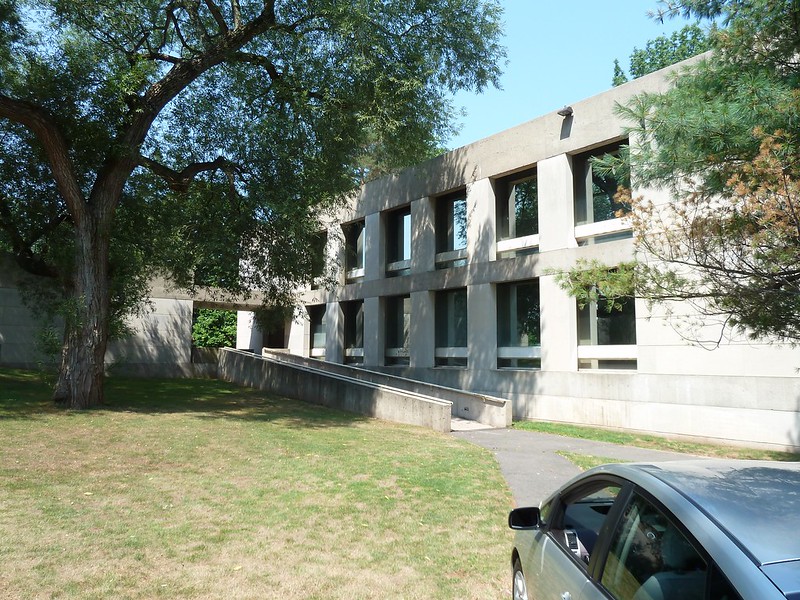
Wesleyan University in Middletown, Connecticut, costs $72,438 annually, with tuition rising roughly 4% from the previous year. This university has built a reputation as a hotbed of creativity and social activism, attracting students who want to change the world while getting a world-class education. Wesleyan commits to providing 100% need-based aid, and students from families earning $120,000 or less can qualify for a no-loan policy. The university distributes more than $72 million in financial aid annually, helping students graduate with minimal debt. Wesleyan’s interdisciplinary approach encourages students to combine interests in unusual ways — you might find psychology majors studying neuroscience through filmmaking or economics students exploring social justice through data analysis.
Pepperdine University

— Photo by bennymarty
Pepperdine University charges $72,290 for tuition, with costs rising about 5% from the previous year. Located in Malibu with the Pacific Ocean as your campus backdrop, Pepperdine offers what might be the most scenic college experience in America. The university’s total annual cost reaches approximately $93,512 when including room, board, and other expenses. As a Christian university, Pepperdine integrates faith-based perspectives with rigorous academic programs, particularly excelling in business, law, and public policy. With about 3,600 undergraduate students, the university maintains small class sizes and close student-faculty relationships while providing the resources of a major research institution.
Barnard College
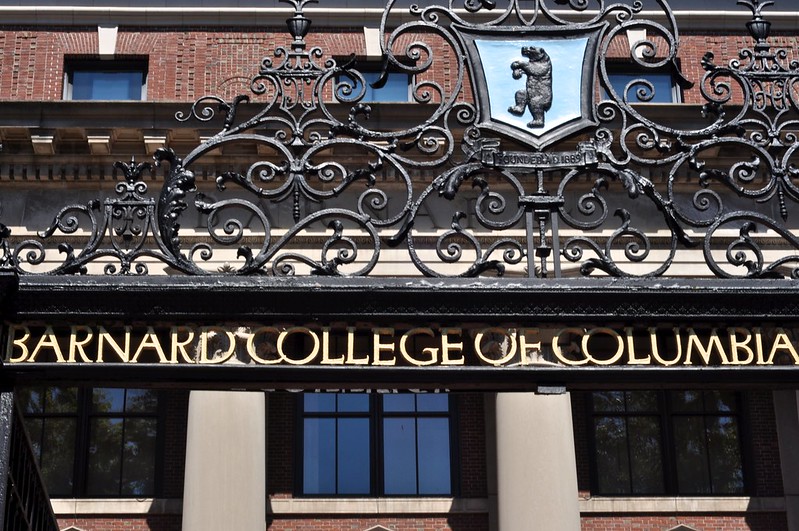
Barnard College in New York City charges approximately $70,000 annually in tuition and fees, with total cost of attendance reaching $78,044. This women’s liberal arts college maintains a unique affiliation with Columbia University, allowing students to take classes and access resources across both institutions. With small class sizes focused on leadership development, Barnard creates an empowering environment specifically designed for women’s educational success. The college’s location in Manhattan provides unparalleled internship and career opportunities, though the combination of high tuition and New York City living costs can make it particularly expensive. Barnard’s connection to Columbia University gives students access to extensive academic and extracurricular opportunities while maintaining its distinct institutional identity.
University of Rochester
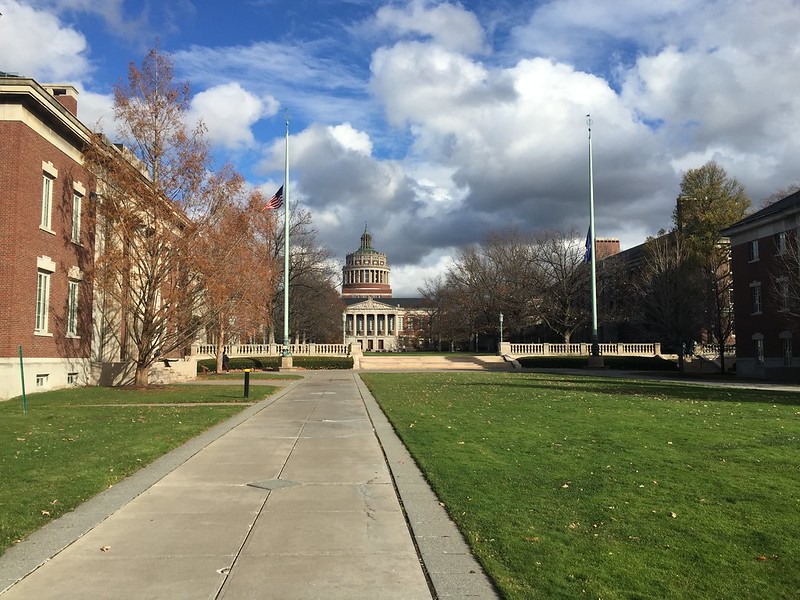
The University of Rochester represents the ‘most affordable’ option on this list at $69,030 annually, though that still represents a 4.8% increase from 2024. Founded in 1850, the university currently enrolls 12,000 students across more than 200 academic programs, including highly regarded schools of medicine, dentistry, business, and education. Rochester’s strength lies in its research opportunities — undergraduates regularly work alongside faculty on cutting-edge projects in everything from optics to economics. The university’s location in upstate New York provides a more affordable living environment than coastal schools while maintaining access to major metropolitan areas like New York City and Boston.
Northwestern University
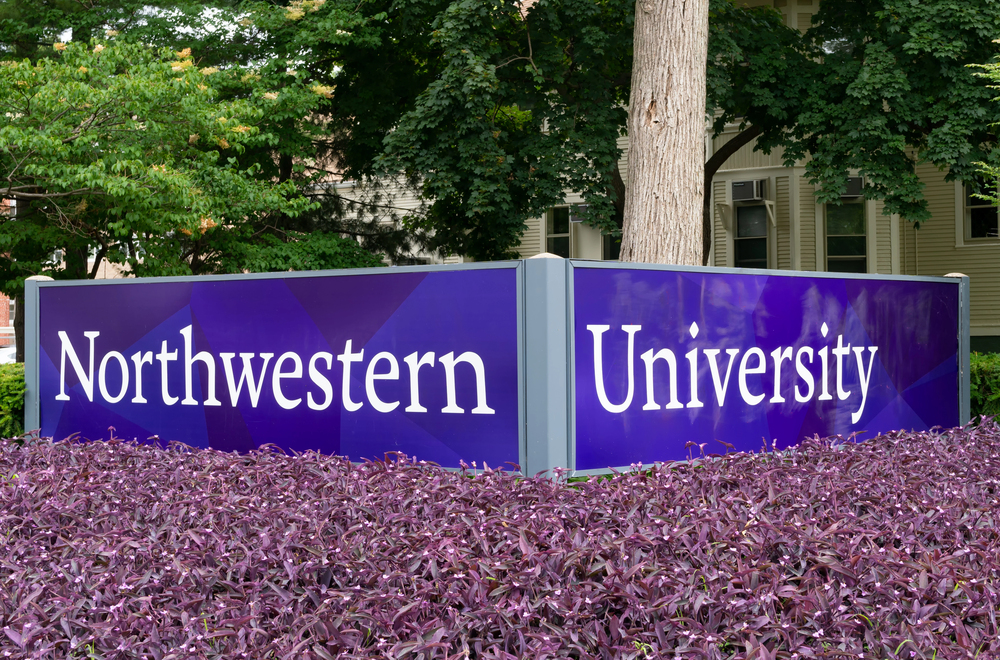
— Photo by wolterke
Northwestern University in Evanston, Illinois, combines Big Ten athletics with academic excellence that rivals the Ivy League, with a total cost of attendance reaching approximately $87,800. Located on the shores of Lake Michigan, the university provides both suburban campus charm and easy access to Chicago’s business and cultural opportunities. Northwestern’s journalism school at Medill has produced some of the country’s top reporters and editors, while its theater program regularly sends graduates to Broadway and Hollywood. The university operates on a quarter system that allows for intensive study periods and multiple internship opportunities throughout the year. Northwestern’s strong alumni network extends across media, business, and technology, creating valuable career connections for graduates in competitive industries.
Brown University
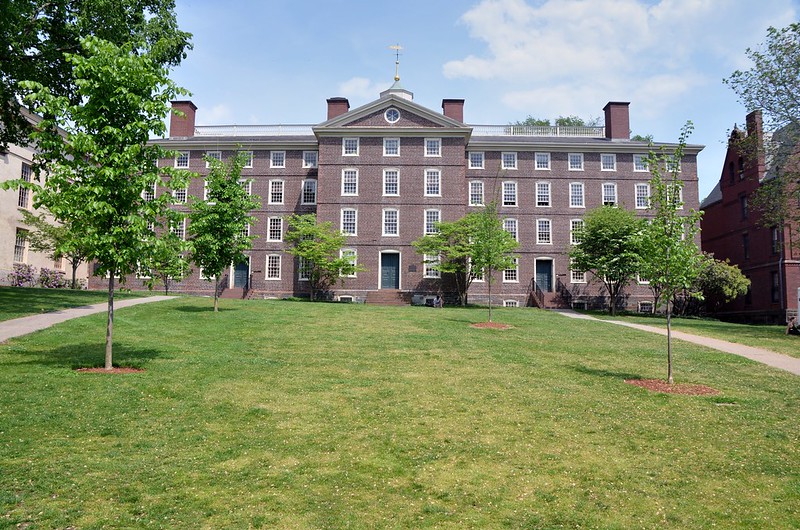
Brown University in Rhode Island reported tuition and fees of $71,312 for the 2024-2025 school year, making it the second most expensive school in some rankings. This Ivy League institution, founded in 1764, serves roughly 7,000 undergraduate students across 80 different programs. Brown’s open curriculum allows students to explore academic interests without distribution requirements, creating a culture of intellectual freedom that attracts self-motivated learners. The university’s location in Providence provides both historic charm and modern urban amenities, while its need-blind admissions and generous financial aid make it accessible to students from all economic backgrounds.
Boston College
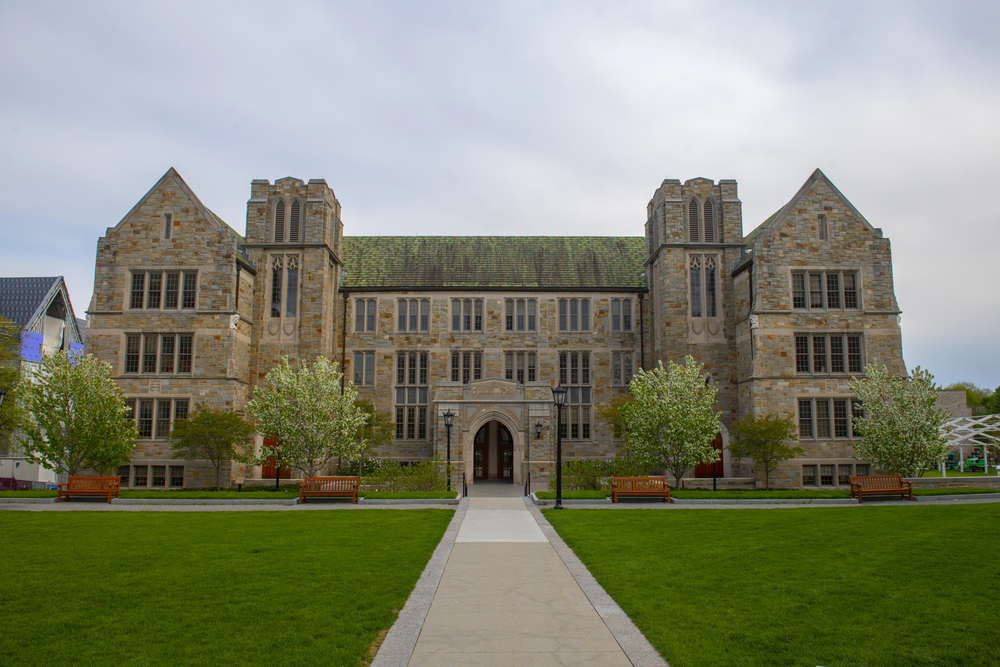
— Photo by jiawangkun
Boston College charges around $71,000 annually, with tuition rising roughly 4% from the previous year. The institution’s total cost of attendance increased by just under 23% over the last five years, though enrollment remained relatively stable. This Jesuit university combines rigorous academics with a strong emphasis on service and social justice. BC practices need-blind admissions, and all financial aid awarded is need-based, with the graduating class of 2021 achieving a 0% loan default rate. Located in the affluent Chestnut Hill neighborhood, Boston College provides easy access to Boston’s research hospitals, cultural institutions, and business centers while maintaining a distinct campus identity.
Tulane University
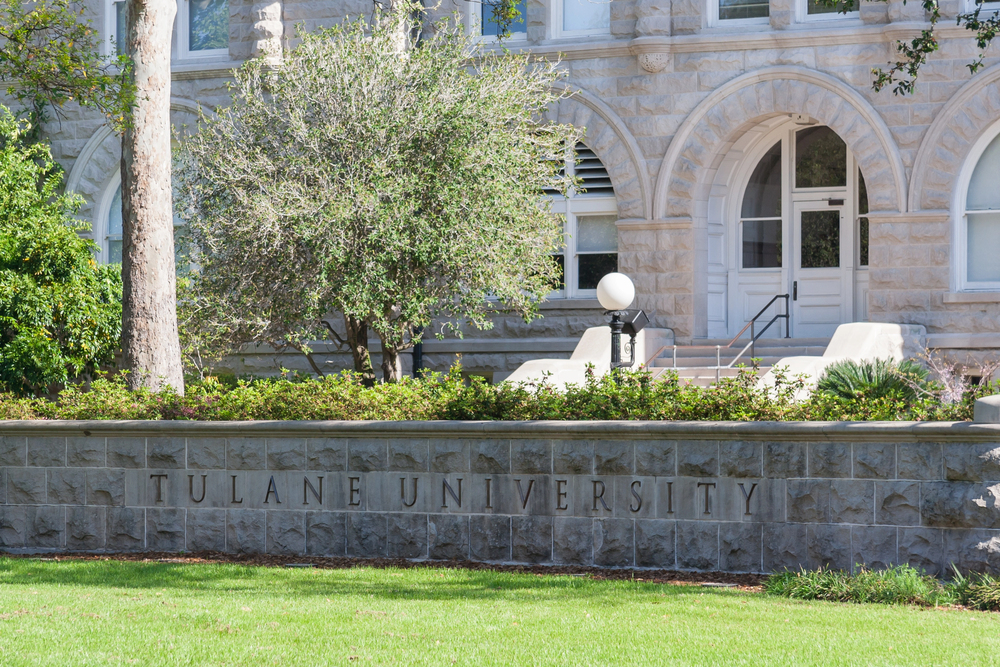
— Photo by amadeustx
Tulane University in New Orleans charges approximately $70,500 per year, with tuition rising roughly 4.8% from the previous year. Founded in 1834, Tulane organizes its 8,600 undergraduate students into 10 specialized schools focusing on individual subjects like liberal arts, sciences, and professional programs. The university’s location in New Orleans provides a unique cultural experience unavailable anywhere else in America, combining Southern charm with international sophistication. Tulane’s strong alumni network in business and politics, particularly throughout the South, creates valuable career connections for graduates.
Claremont McKenna College
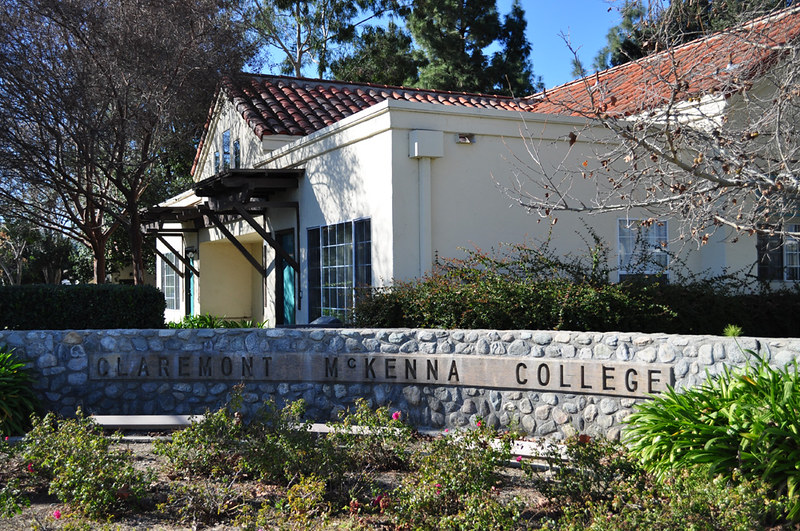
Claremont McKenna College focuses primarily on political science and business management while maintaining strong liberal arts programs, with tuition rising almost 5.5% from the previous year. The college operates 11 distinct research centers, making it ideal for students interested in professional research careers. Located in Southern California and part of the Claremont Colleges consortium, students can cross-register for classes at neighboring institutions, effectively multiplying their educational options. The college’s emphasis on leadership development and practical application of knowledge attracts students who want to make immediate impacts in business and politics after graduation.
Haverford College
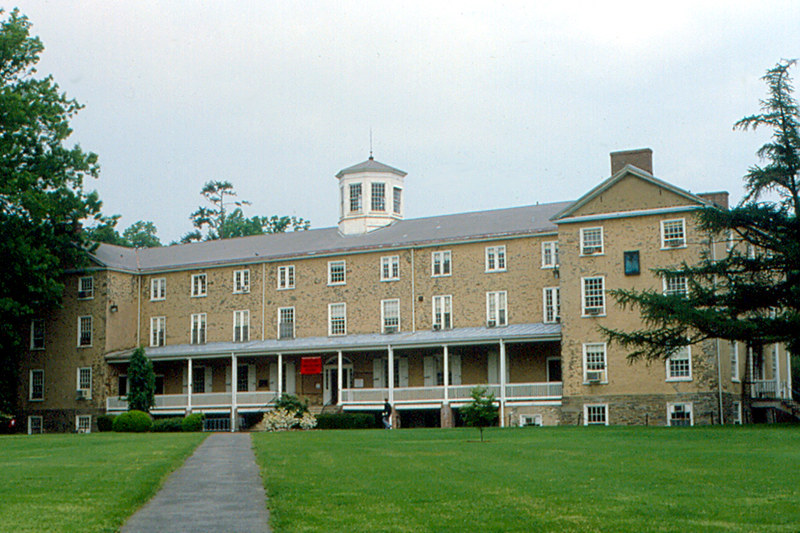
Haverford College charges $73,162 in tuition and fees, with a total cost of attendance reaching approximately $97,296. Founded in 1833 in Pennsylvania, this liberal arts college focuses on the discussion and debate of ideas among its 1,400 students. Despite its small size, Haverford offers over 50 majors to choose from. The college operates under an honor code that eliminates traditional testing supervision and creates a culture of trust and intellectual honesty. Haverford’s intimate size means every student can access research opportunities, independent study projects, and close mentoring relationships with faculty members who are leading scholars in their fields.
The Real Value Behind the Price Tags

These astronomical tuition figures might seem shocking, but the story behind the numbers reveals important nuances about American higher education. Most students at these institutions don’t actually pay the full sticker price, as these well-endowed universities often provide substantial financial aid packages. Many of these schools commit to meeting 100% of demonstrated financial need, making education accessible despite intimidating published costs.
The high sticker prices often function as a form of price discrimination, allowing schools to offer significant aid to those who need it while maximizing revenue from families who can afford full tuition. These elite institutions use their substantial endowments and high-paying families to subsidize education for students from lower-income backgrounds, creating more economic diversity than their price tags might suggest.
More from Travel Pug

- 20 Best Beach Towns in the Carolinas
- 13 Destinations Where Tourists Regularly Regret Their Trip
- 20 Things You Actually Get in First Class
- 20 Small Airports With Aviation Museums
- 20 Places in the U.S. That Are Perfect for a Reset Trip
Like Travel Pug’s content? Follow us on MSN.
